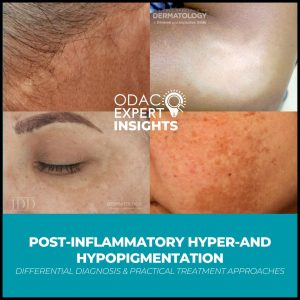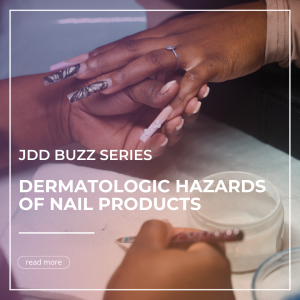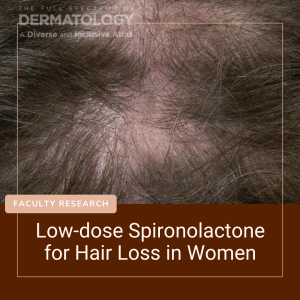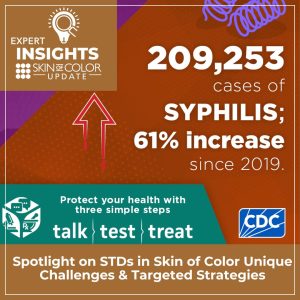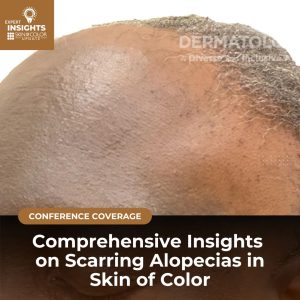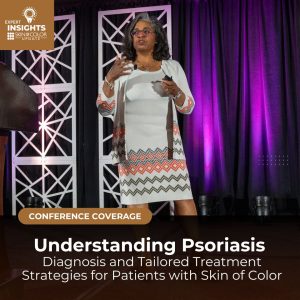
In this Thanksgiving season, we extend gratitude for the experiences and people who shaped us and made us who we are today. For dermatologists, especially those from disadvantaged groups, gratitude may extend to the mentors who provided guidance and encouragement in matching into dermatology.
Therefore, consider paying it forward and serving as a mentor through the National Mentorship Match Algorithm. This unique program, started by dermatology resident Dr. Surya Veerabagu while she was in medical school, uses a proprietary algorithm to match medical students with dermatologists and dermatology residents based on shared experiences and interests. During a one-hour call, mentees gain advice in the dermatology residency application process. The program prioritizes groups that are disadvantaged in the dermatology match process, including underrepresented groups in medicine and medical students without a dermatology home program.
NMMA mentor and advocate Adam Friedman, MD, FAAD, dermatology residency program director at GWU School of Medicine & Health Sciences, encourages dermatology residents and early career dermatologists to volunteer as mentors:
“The broader dermatology community needs you,” Dr. Friedman says. “Independent data show that mentor and home program connections heavily influence match outcomes, especially in the context of the competition heating up even more than ever before (last year boasted the most competitive numbers, with only a 50% match rate for applicants). Formal, scalable mentorship helps level that playing field, which is exactly what NMMA is designed to do.”
For more information on the program and how to get involved, read this article on Next Steps in Derm.

